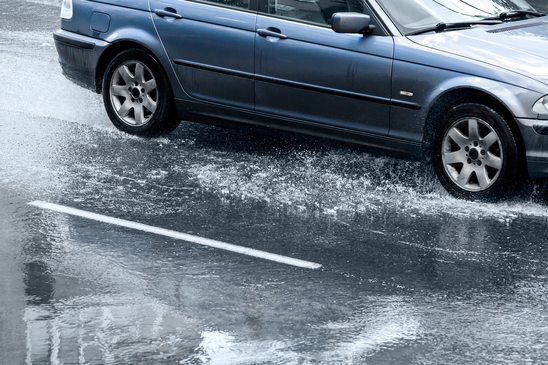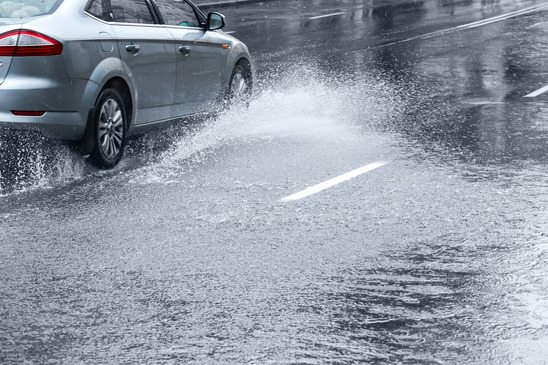Driver error contributes to the vast majority of accidents, but reckless behavior can be particularly deadly in certain conditions. In rainstorms, for example, slick roads and reduced visibility can make hazards difficult to avoid. Combining wet weather with speeding, distracted driving and other forms of negligence is a recipe for disaster.
Fortunately, there are steps you can take to reduce your likelihood of crashing in rainy conditions. These include:
- Reducing your speed;
- Maintaining your tires;
- Avoiding distractions;
- And turning off cruise control.
If you were injured in a crash that another driver caused, contact The Law Office of Brian K. Branch, PC. As an Albuquerque personal-injury attorney, Mr. Branch can help you pursue compensation for medical bills, lost income and other damages.
Call 505-207-4401 today to schedule a free initial consultation. Until then, read on to learn four tips to help you avoid collisions in wet weather:
- Reduce Your Speed
According to the National Highway Traffic Safety Administration, speeding contributed to 30 percent of all fatal accidents in 2012. These wrecks took 10,219 lives.
Speeding reduces the amount of time a driver has to react to unexpected hazards. It also increases the force of a crash, making injuries and fatalities more likely.
Although it is essential to follow the speed limit in all weather conditions, this is especially important in wet weather. Slick roads increase stopping distance, and speeding makes hydroplaning more likely, which can cause you to lose control of the vehicle. As a rule of thumb, maintain six seconds of distance between you and the leading vehicle in wet weather.
- Maintain Your Tires
Your tires are the only points of contact that your vehicle has with the road. As such, it is critical that they are in good condition.
You should check your tire tread monthly. Fortunately, this is simple: Insert a penny into the tread. Make sure Lincoln’s head is facing you and is upside down. If you can see Lincoln’s entire head, then it is time to replace your tire. Adequate tread can help your tires displace water, which can prevent hydroplaning and improve handling.
- Avoid Distractions
Distracted driving is dangerous in all weather conditions. It contributed to 3,179 fatalities in 2014.
Rain can make roads slick, so drivers need to react early to unexpected hazards. Rain also reduces visibility. Texting, talking on the phone, eating, drinking and adjusting the radio can take your attention off the road long enough to cause a serous wreck.
- Turn off Your Cruise Control
Allstate.com reminds drivers to turn off their cruise control in wet weather. Cruise control will make you more likely to crash if your vehicle hydroplanes.
The best response to hydroplaning is to let your foot off the accelerator – but do not brake. Ideally, your vehicle will naturally slow down before regaining contact with the road surface. However, cruise control will prevent your vehicle from slowing down, thus increasing the likelihood of a wreck.
Unfortunately, even the most responsible drivers cannot control the actions of other motorists. If you were injured in a car crash, contact The Law Office of Brian K. Branch, PC.
A New Mexico accident attorney can evaluate your wreck to determine if you may have grounds for a claim. Schedule a free consultation today by calling 505-207-4401.





